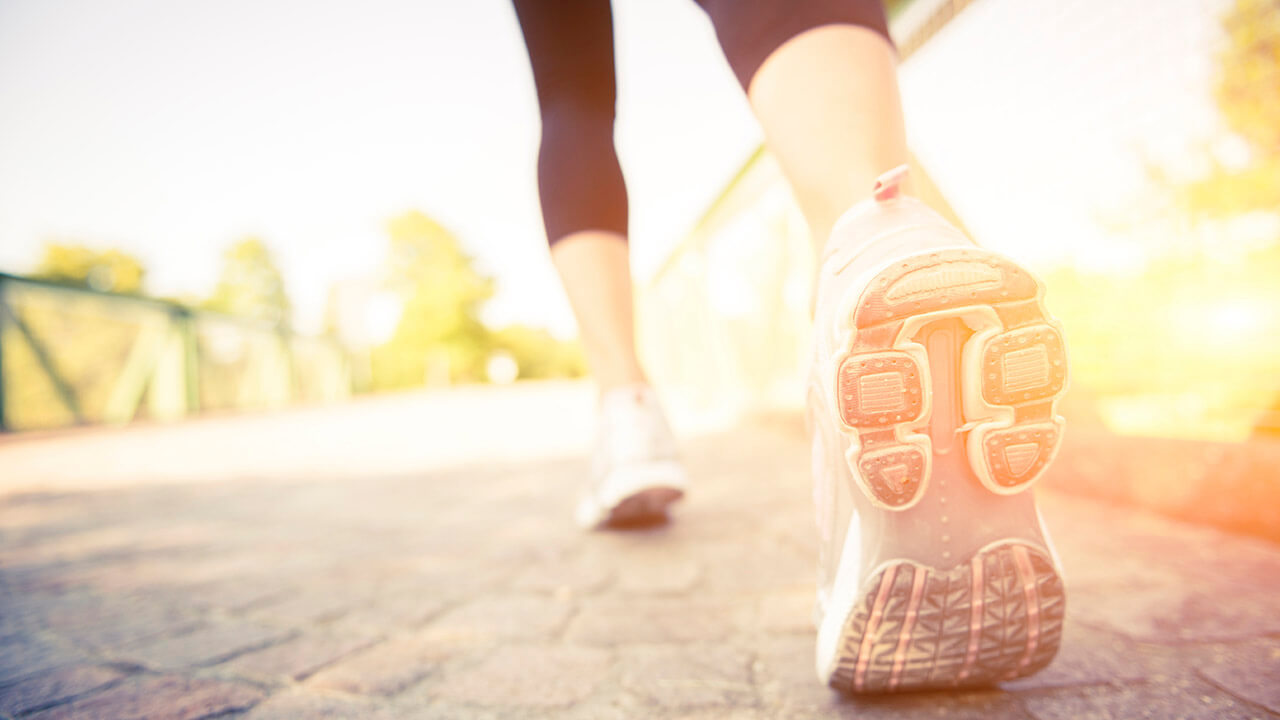Have you ever had heel pain on the bottom of your foot? Many runners and athletes have, at one time, had pain on the bottom of their heel that causes them to limp as they walk. Plantar fasciitis and heel spurs are problems that can develop on the bottom of the foot in the heal area. What is the difference?
The Plantar Fascia is a band of fibrous connective tissue that extends from the heel bone to the ball of the foot. Fasciitis is the inflammation of the fascia tissue. It usually develops as a result of stress from mechanical problems like an injury or overuse. Athletes who often run, jump or stand for long periods of time can develop plantar fasciitis. Pain is usually located underneath the heel through the arch. Pain will subside with rest. However, standing up after rest (especially climbing out of bed in the morning) and stretching the plantar fascia will be painful. The pain will improve with movement.
A heel spur is a calcium deposit (growth of bone) that develops on the bottom of the heel bone, where the muscles of the foot connect to the bone. The bone growth usually looks like a hook or spur that points forward. Heel spurs cause pain when you step on the area or stretch the muscles around it. The same athletic issues that cause plantar fasciitis can result in heel spurs, and mechanical motion imbalance and poorly fitting or excessively worn shoes can also be significant factors. Pain is usually very localized on the bottom of the heel bone.
First, you should see your physician to determine which one you have. The treatment for each condition is very similar.
Plantar fasciitis
The Plantar Fascia is a band of fibrous connective tissue that extends from the heel bone to the ball of the foot. Fasciitis is the inflammation of the fascia tissue. It usually develops as a result of stress from mechanical problems like an injury or overuse. Athletes who often run, jump or stand for long periods of time can develop plantar fasciitis. Pain is usually located underneath the heel through the arch. Pain will subside with rest. However, standing up after rest (especially climbing out of bed in the morning) and stretching the plantar fascia will be painful. The pain will improve with movement.
Heel spurs
A heel spur is a calcium deposit (growth of bone) that develops on the bottom of the heel bone, where the muscles of the foot connect to the bone. The bone growth usually looks like a hook or spur that points forward. Heel spurs cause pain when you step on the area or stretch the muscles around it. The same athletic issues that cause plantar fasciitis can result in heel spurs, and mechanical motion imbalance and poorly fitting or excessively worn shoes can also be significant factors. Pain is usually very localized on the bottom of the heel bone.
Treatments for plantar fasciitis and heel spurs
First, you should see your physician to determine which one you have. The treatment for each condition is very similar.
- Rest from athletic activities
- Ice the heel with a frozen water bottle
- Pad the heel or use a heel cup to cushion the painful area
- Tape the bottom of the foot to support the arch of the foot
- Stretch the calf muscles
- Wear comfortable shoes or buy new shoes if you have more than 400 miles on them
- See a massage therapist to relieve tightness in the calf muscles



